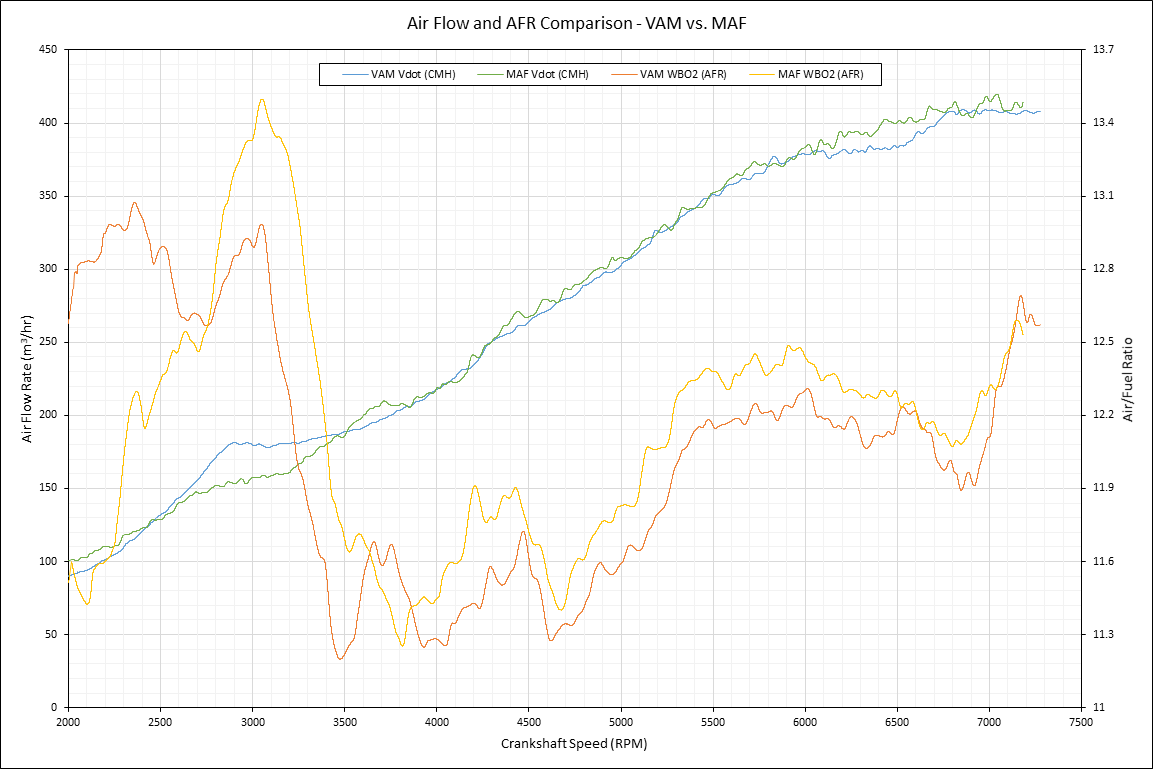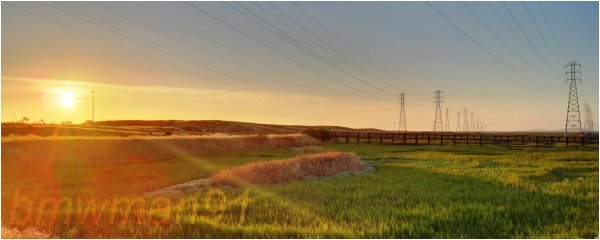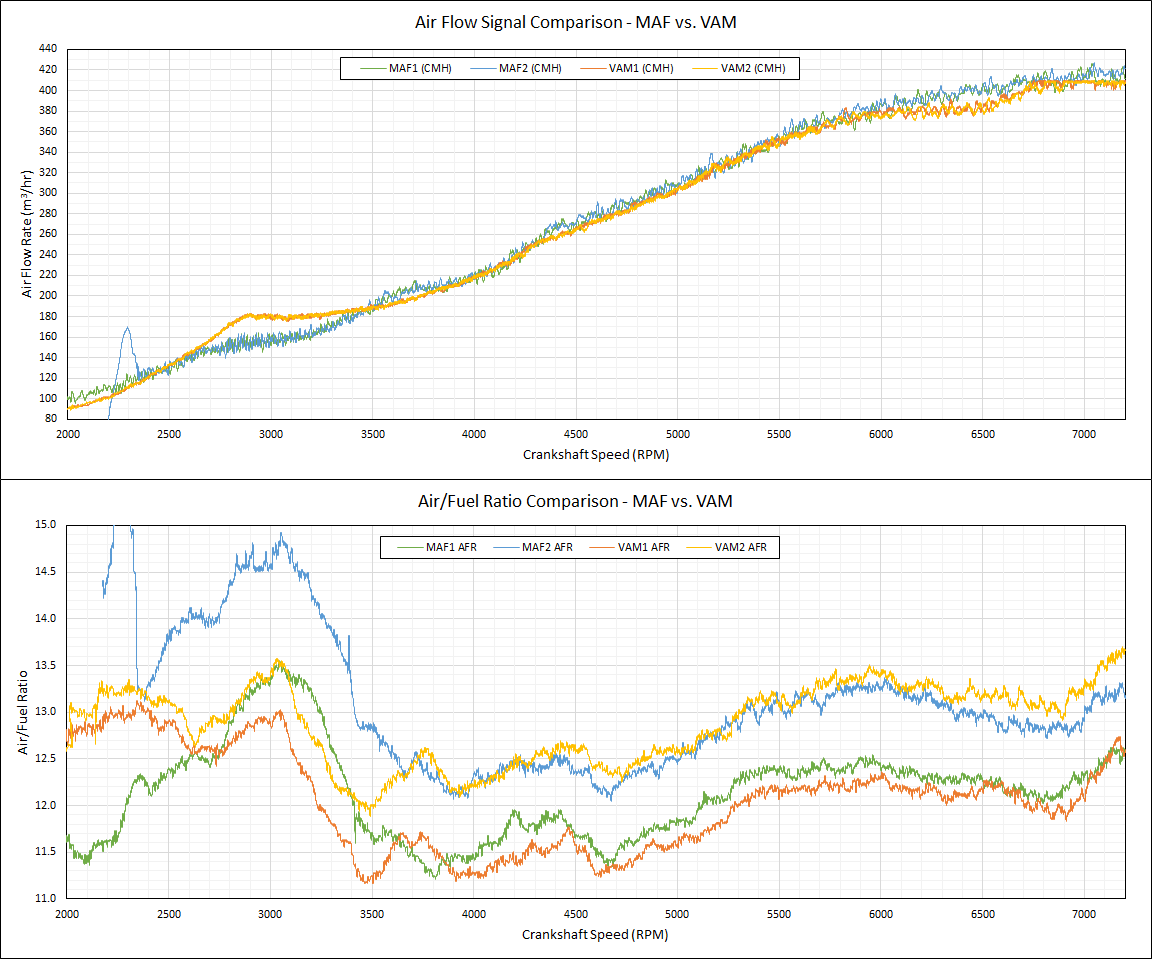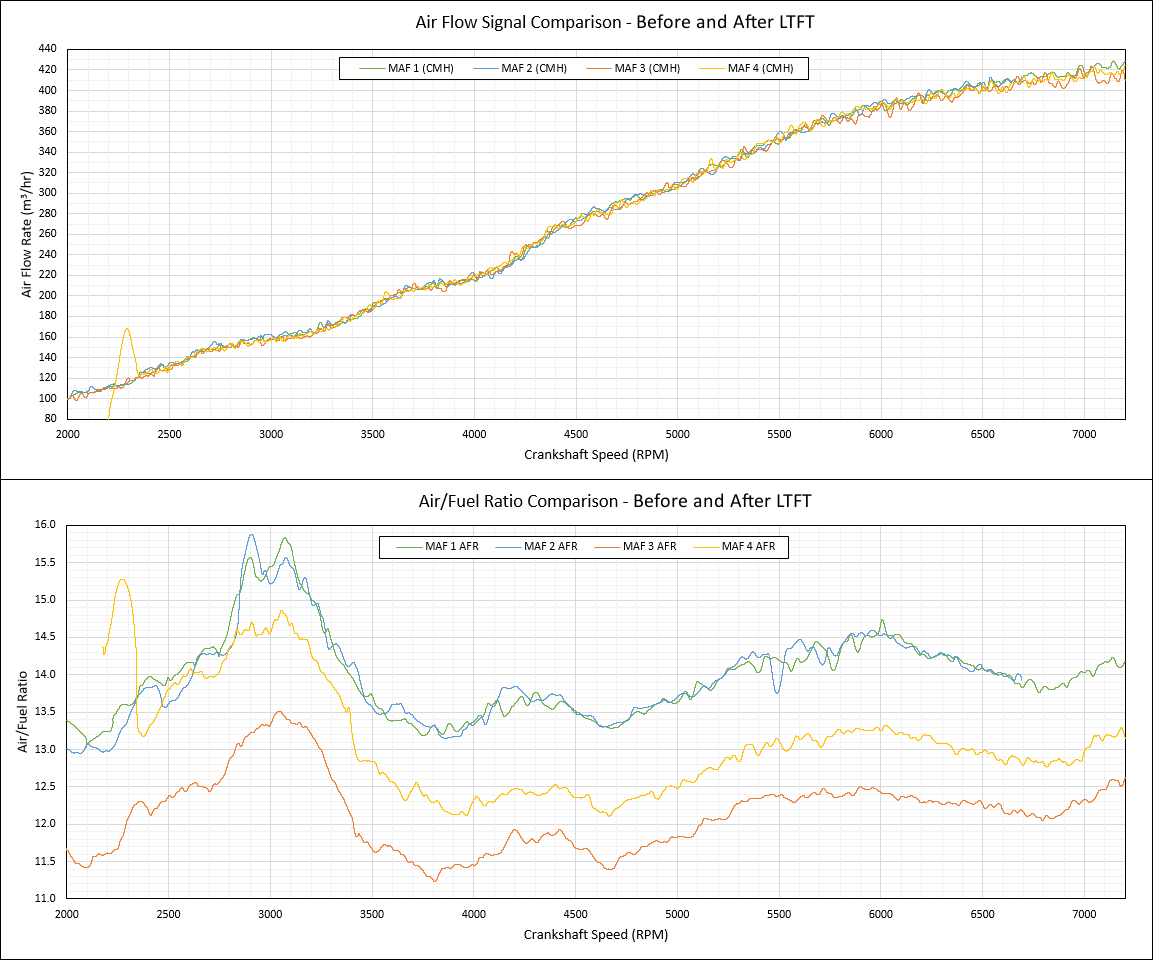OK, so on a whim I reinstalled the MAF conversion tonight. After seeing a few M42 + ITB videos on Youtube, that insane sound just made me want to work on the MAF a bit more since it (combined with the M30 air box) has a much meaner sound. Totally superficial, I know lol.
Anyway, my 2 main gripes with it last time around were that the idle was occasionally a bit stumbly when the engine was warm, and there was a slight "dull" spot in the powerband between from ~2600RPM to ~3200RPM. Well, tonight the idle was buttery smooth and I didn't observe any stumbles. Maybe I forgot to tighten a hose clamp last time or something. Or, maybe I just need to give it more time and the stumble will return.
What about the "dull" spot? My original theory was that the stock M42 air box had some resonance properties that worked really well with the intake system, and that using the M30 air box was breaking that. However, a big oversight on my part was that my data logs from my original engine were with a MAF+M42 air box, and the "bump" in air flow in the 2500-3500RPM range was not at all present when the MAF was in use. That is a big indication that the "bump" in air flow is due to some property of the VAM which makes it over-report the air flow due to resonance.
This leads me to believe that the M42 VAM (AFM) is actually putting out an artificially high voltage in that range, probably because the intake resonances in that range (which are significant) are causing the flapper door to open more than it would with a steady air flow. Since BMW most certainly would have known about this, they tuned the fuel maps to take this into account, and all of the various aftermarket chip makers have too. Now, when I put the MAF in there, because of how I designed the converter, the output is going to be VERY accurate to the actual intake air flow. In this case, the DME will see a lower voltage than it would if the AFM was connected, which causes it to run a bit leaner. I am still not 100% clear on what the DME does at WOT: I know it goes open-loop at some point (dependent on either RPM and/or throttle position), but it is my belief that it is also using the VAM voltage for load calculation, so a lower input voltage at WOT would mean less fuel is injected.
Revisiting this plot:

Notice that at around 3000RPM the AFR with the VAM is ~13.0 and the AFR with the MAF is ~13.5. Now, here's where people on here with some tuning experience might be of assistance. Do you think that this slight leaning in AFR could be why my butt-dyno feels like there is a little less power in that range (2500-3500RPM)? My second-gear pulls with both sensors seem to indicate that performance is equal, although they were aligned to start at 3000RPM so maybe that is masking some small difference. Actually, things are slightly leaner all-around with the MAF versus the VAM, which is possibly because the VAM is slightly more inclined to over-report air flow due to how the flapper door reacts to the intake pulses at all RPMs.
I am thinking of reinstalling the data logger system to do more investigation, so I will post more if I do that.
Anyway, my 2 main gripes with it last time around were that the idle was occasionally a bit stumbly when the engine was warm, and there was a slight "dull" spot in the powerband between from ~2600RPM to ~3200RPM. Well, tonight the idle was buttery smooth and I didn't observe any stumbles. Maybe I forgot to tighten a hose clamp last time or something. Or, maybe I just need to give it more time and the stumble will return.
What about the "dull" spot? My original theory was that the stock M42 air box had some resonance properties that worked really well with the intake system, and that using the M30 air box was breaking that. However, a big oversight on my part was that my data logs from my original engine were with a MAF+M42 air box, and the "bump" in air flow in the 2500-3500RPM range was not at all present when the MAF was in use. That is a big indication that the "bump" in air flow is due to some property of the VAM which makes it over-report the air flow due to resonance.
This leads me to believe that the M42 VAM (AFM) is actually putting out an artificially high voltage in that range, probably because the intake resonances in that range (which are significant) are causing the flapper door to open more than it would with a steady air flow. Since BMW most certainly would have known about this, they tuned the fuel maps to take this into account, and all of the various aftermarket chip makers have too. Now, when I put the MAF in there, because of how I designed the converter, the output is going to be VERY accurate to the actual intake air flow. In this case, the DME will see a lower voltage than it would if the AFM was connected, which causes it to run a bit leaner. I am still not 100% clear on what the DME does at WOT: I know it goes open-loop at some point (dependent on either RPM and/or throttle position), but it is my belief that it is also using the VAM voltage for load calculation, so a lower input voltage at WOT would mean less fuel is injected.
Revisiting this plot:

Notice that at around 3000RPM the AFR with the VAM is ~13.0 and the AFR with the MAF is ~13.5. Now, here's where people on here with some tuning experience might be of assistance. Do you think that this slight leaning in AFR could be why my butt-dyno feels like there is a little less power in that range (2500-3500RPM)? My second-gear pulls with both sensors seem to indicate that performance is equal, although they were aligned to start at 3000RPM so maybe that is masking some small difference. Actually, things are slightly leaner all-around with the MAF versus the VAM, which is possibly because the VAM is slightly more inclined to over-report air flow due to how the flapper door reacts to the intake pulses at all RPMs.
I am thinking of reinstalling the data logger system to do more investigation, so I will post more if I do that.










Comment